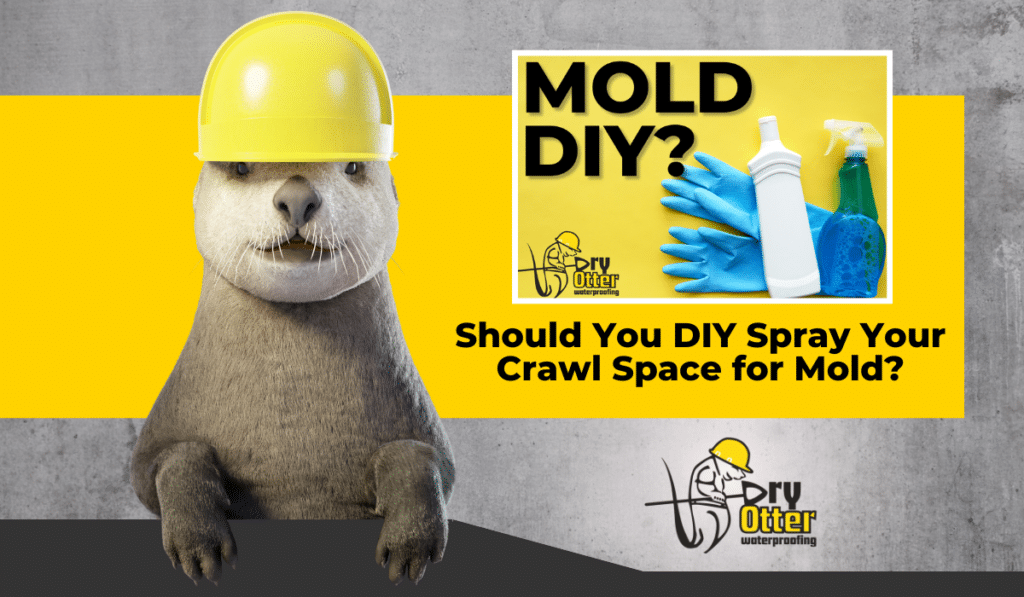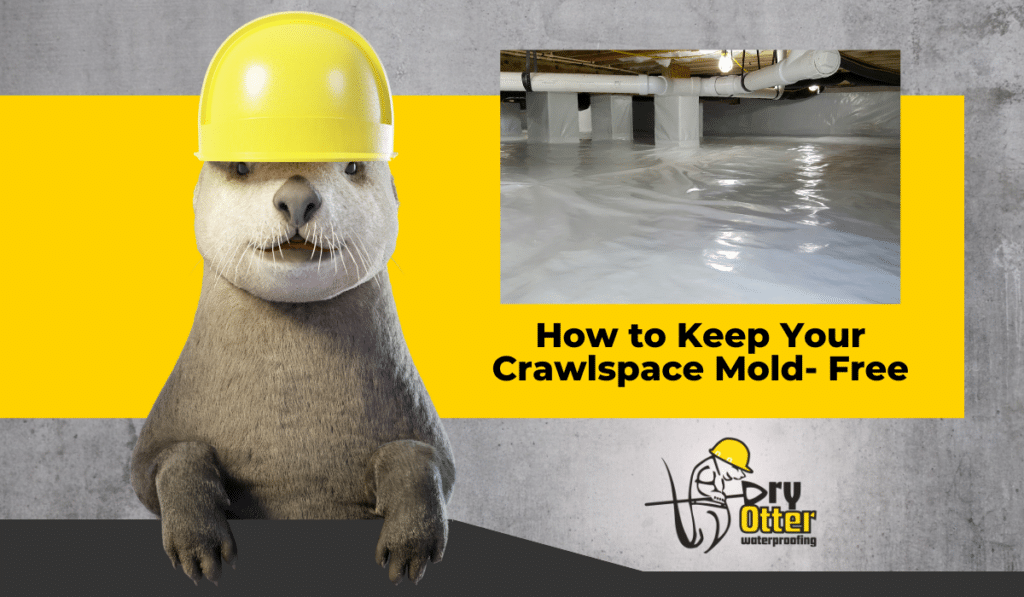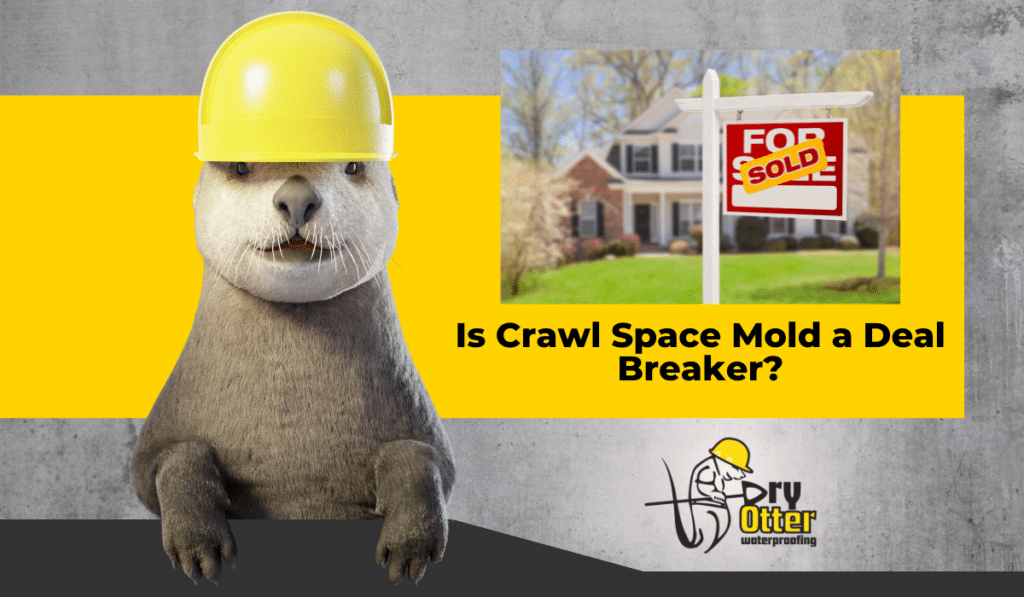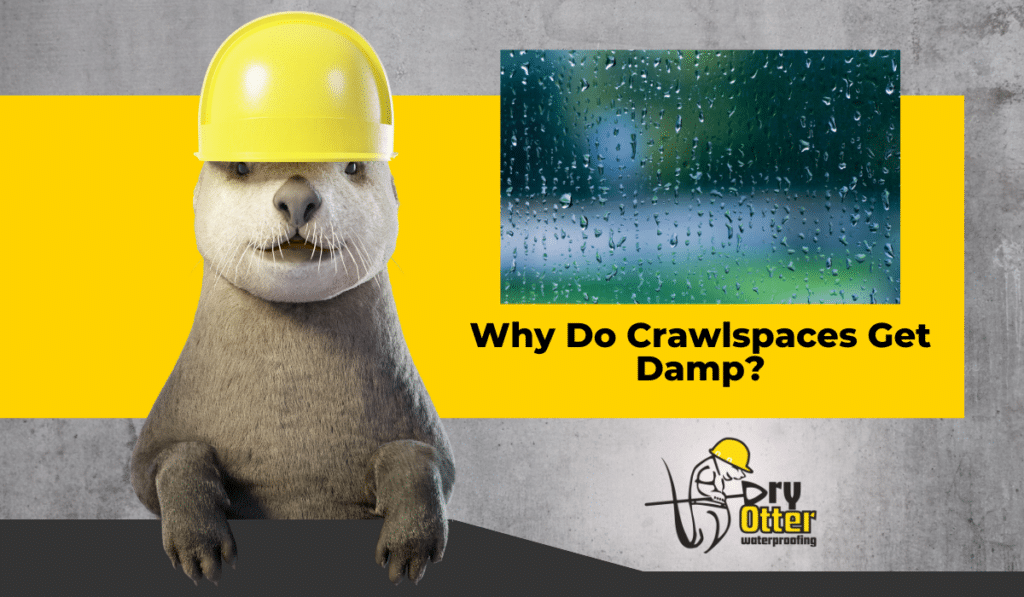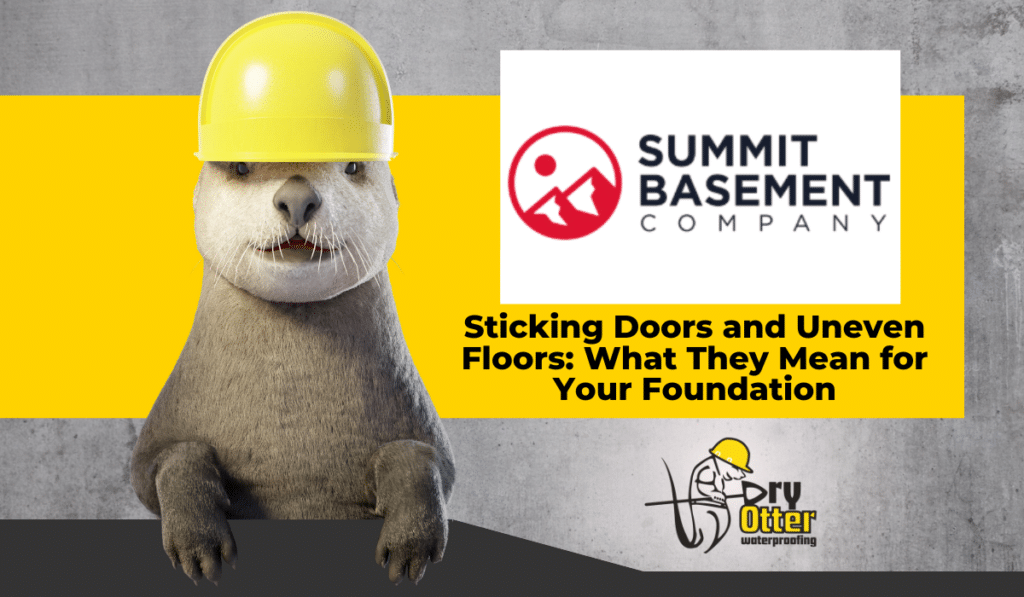If your home has a crawl space, it’s crucial to understand its role and how to maintain the space properly. This knowledge will empower you to make the right decisions for your home.
Crawl space ventilation is crucial for maintaining a healthy environment, controlling moisture, and achieving optimum energy efficiency.
The primary debate is whether your crawl space should be a vented crawl space or an unvented crawl space.
There are theories of thought for both vented vs unvented crawl space design. In the end, it really depends on your specific situation. This article will outline vented vs unvented crawl space construction methods.
Vented Crawl Spaces – The Traditional Approach
A vented crawl space is a type of foundation design in which the space beneath the main floor of your home has vented openings built into the foundation to allow outside air circulation.
The main goal of this type of design is to allow airflow throughout your crawl space to keep it dry and prevent moisture issues.
Pros:
- A vented crawl space is relatively simple and inexpensive to build during the construction phase.
- It reduces the risk of mold growth, wood rot, and metal corrosion.
- It improves air quality by reducing allergens and pollutants that might enter your living space.
- Increases energy efficiency.
- Reduces the risk of structural damage.
- This approach may be sufficient to handle the problem in very dry climates.
Cons:
- This approach is climate-dependent. If you live in a hot, humid climate like the Charlotte area, the outside air may introduce more moisture rather than eliminate it.
- If this design can’t control moisture, you could experience higher energy bills, mold issues, and structural damage.
- Maintenance of your vents is important to keep debris and pests from blocking them and to allow proper airflow.
Unvented (Encapsulated) Crawl Spaces – The Modern Solution
An unvented crawl space is a relatively new approach to foundation design where the space is sealed off from outside air and humidity.
This encapsulated approach starts with a vapor barrier on the ground and walls to prevent moisture, water, and humidity from entering the crawl space. The vents are also sealed, and a dehumidifier is installed if needed.
Pros:
- Superior moisture control by reducing mold growth, wood rot, and structural damage.
- Improved energy efficiency by reducing energy loss from heating and cooling the crawl space.
- It helps to maintain consistent temperatures in your home.
- Improved indoor air quality.
Cons:
- Higher initial cost, but this can be offset by the long-term savings of energy efficiency and damage prevention.
- Professional installation is required to ensure your system is set up correctly.
When is Each Approach Best?
Factors to consider:
- Climate: Humid climates heavily favor unvented/encapsulated spaces because the outside air isn’t dry enough to control humidity levels in your crawl space.
- Crawl space condition: If you already have moisture issues, the best tactic is usually an unvented crawl space solution.
- Budget: A simple vented system may be cheaper initially but usually not in the long run if you consider the cost of future problems.
Beyond Ventilation: Crawl Space Maintenance
Regardless of the type of crawl space you have, no crawl space can be left unattended. Maintenance is required to maintain a healthy space.
Regular inspections will allow you to discover issues before they become significant damage, like leaks or standing water, wood damage, mold, mildew, and high humidity.
Dry Otter Waterproofing offers free home inspections to give you peace of mind. If damage is found, we have the services to take care of the problems like:
- Wet crawl space
- Dehumidifier installation to reduce humidity levels
- Wood joist repair
- Crawl space drainage
- Insulation repair and replacement
- Sump pumps
- Mold Remediation
When it comes to crawl space design, choosing vented vs. unvented approaches really depends on your specific circumstances.
That is why it is important to enlist the help of an experienced company to adequately assess your situation and identify the approach that will work best for your specific circumstances.
Dry Otter Waterproofing is one of North Carolina’s top-rated contractors for crawl space and basement waterproofing and repair.
We offer proven solutions that last to keep your crawl space dry and protected. We also offer a lifetime guarantee.
Schedule a free crawl space inspection today with one of our expert technicians. They will thoroughly examine your crawl space and offer a personalized plan to tackle any issues that may compromise your home’s safety to preserve it for decades to come.


